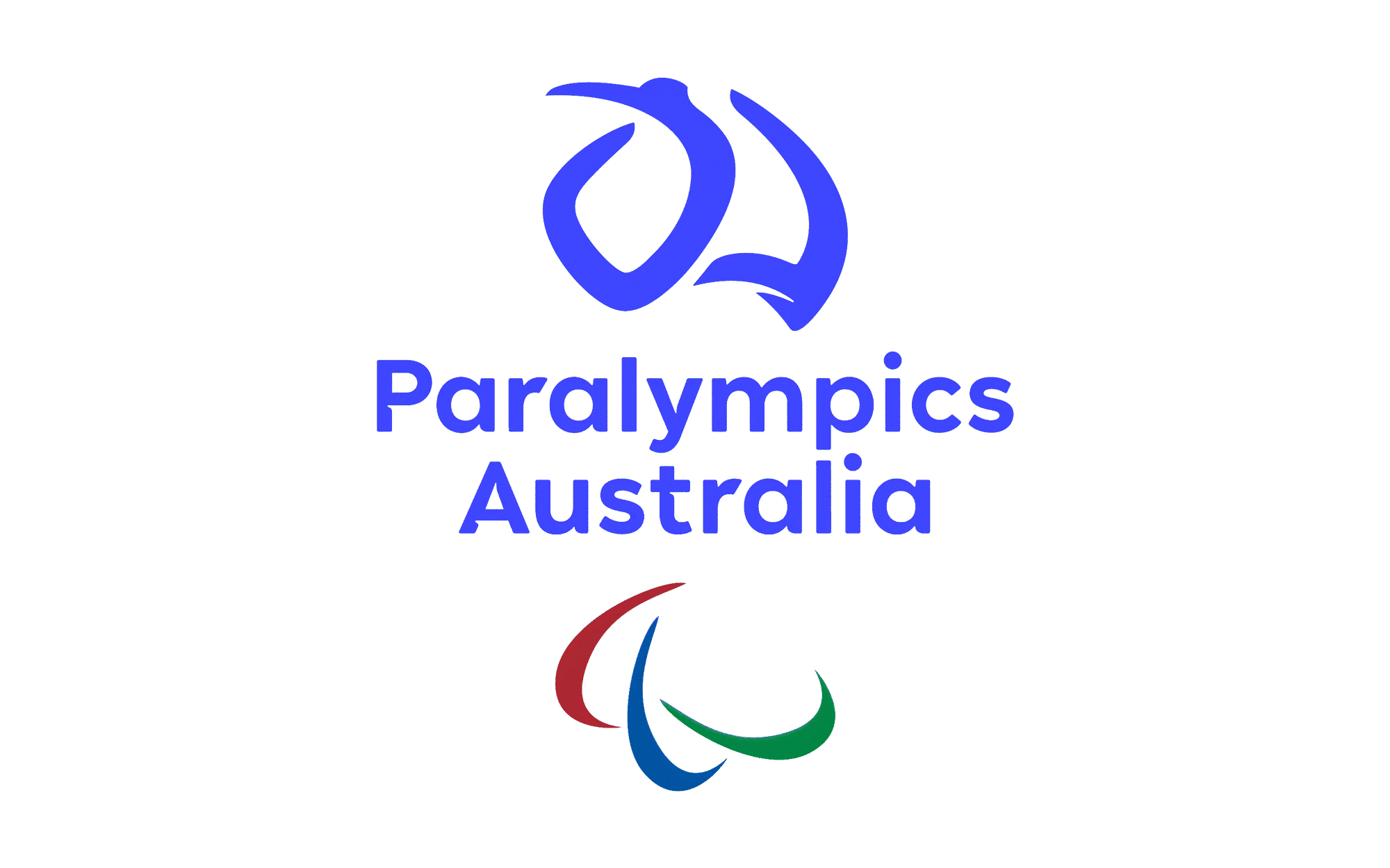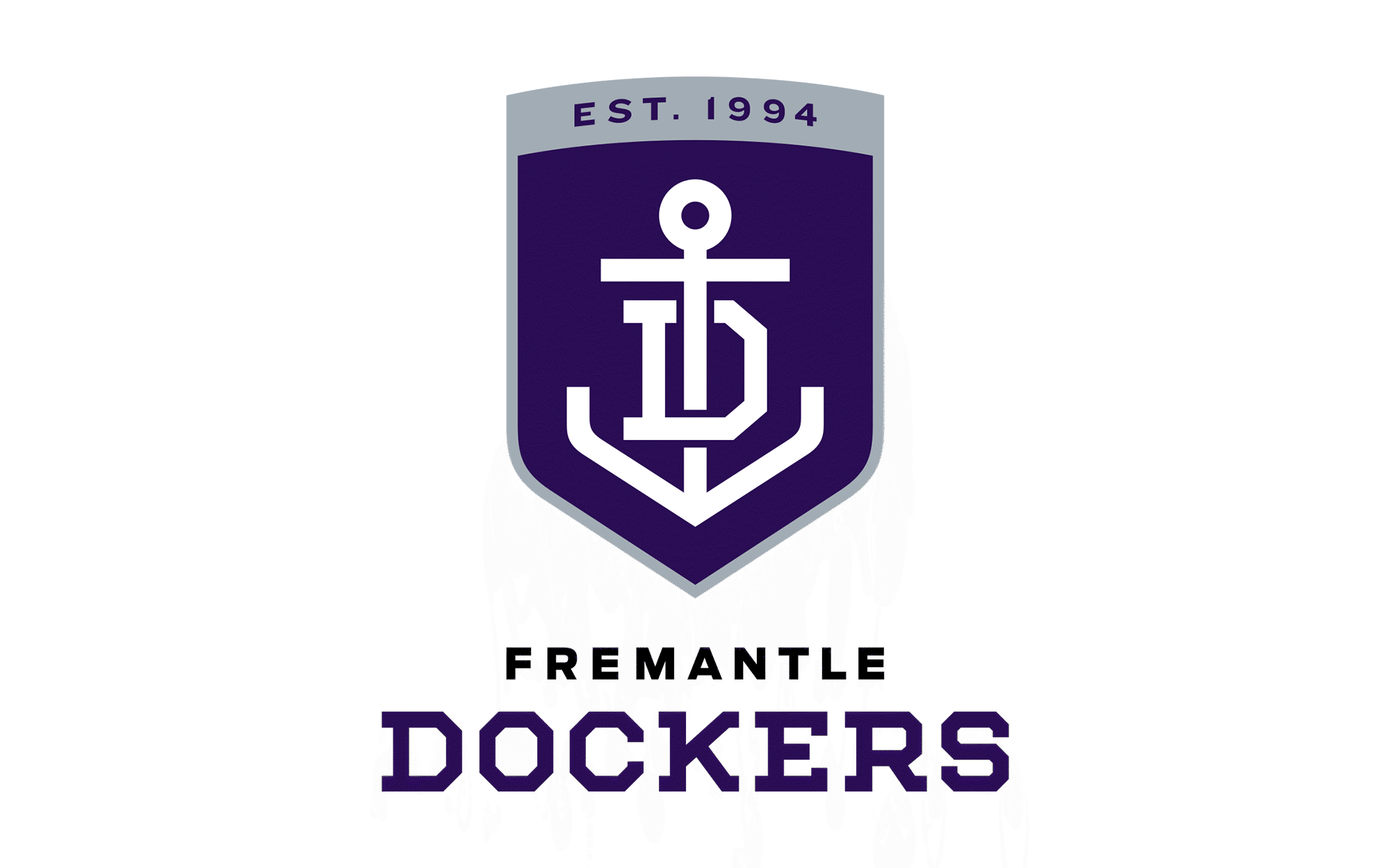Marketing regulations and meaningful athlete-brand partnerships.
Bringing brands and athletes together is a marketing play that has existed for generations.
It was one of the earliest developed for the sports industry, and it is not hard to understand why. By securing the endorsement of popular stars, companies can attach their products and services to familiar images of health, urgency and mainstream appeal. At their most successful, these simple associations have a halo effect.
These dynamics, however, do not always produce positive outcomes. This is especially true for organisations working in controlled sectors, where they must be conscious of risks to younger or more vulnerable consumers.
Earlier this month in the UK, the Committee for Advertising Practice (CAP) announced that gambling companies would no longer be permitted to use athletes or celebrities with ‘a strong appeal’ for under-18s as brand ambassadors. Furthermore, there will be restrictions on references to youth culture and certain video game content.
In comments reported by the BBC, CAP director Shahriar Coupal said: “By ending these practices, our new rules invite a new era for gambling ads, more particular to the adult audience they can target and more befitting of the age-restricted product they're promoting.”
Those reforms have also been welcomed by the gambling industry itself on those terms. Michael Dugher, the chief executive of the Betting and Gaming Council (BGC), said: “The BGC supports these changes not least because they build on a whole range of measures we have led in recent times to drive up standards and ensure further protections in advertising.”
Dugher was referring to a series of regulations such as a ‘whistle to whistle’ ban on television betting spots during sports events broadcast before 9pm. Beyond that, the limits on endorsement activities are part of an international industry trend.
In Australia, the Therapeutic Goods Association (TGA) updated its code earlier this year to change the way brands work with social media influencers to promote their products. Cosmetics and pharmaceutical companies will not be banned from signing up online personalities but from 30th June they must be explicit about where they have deployed paid-for advertisements, and individuals will not be allowed to issue unsubstantiated testimonials.
On one level, this might be perceived as adding friction to the marketplace. Yet brands who are confident in what they are selling have the scope to be more thoughtful, responsible and creative in their marketing, as they try to reach an appropriate audience with an appropriate message.
This should be the baseline from which any company seeks to operate, and it is also the commercially effective approach. Moreover, this lesson being restated at an important moment in the development of the sports industry as still unregulated industries – such as blockchain-enabled digital assets like NFTs and cryptocurrency – begin their promotional journey. Their entry into sport through partnerships with athletes provides opportunities to educate but ill-defined efforts can also get lost in the noise – or worse, degrade the image of the brand and the personality involved.
It has never been more important, then, to understand athlete profiles and the audiences affiliated to individual stars. By harnessing solutions that align those properly with a brand’s purpose to reach the target market, it is possible to avoid harm and achieve strong results.
Subscribe to our newsletter to receive the latest news and exclusive offers. No Spam!
Thankyou.
We’ll be in touch shortly.



